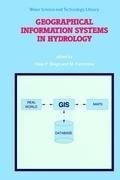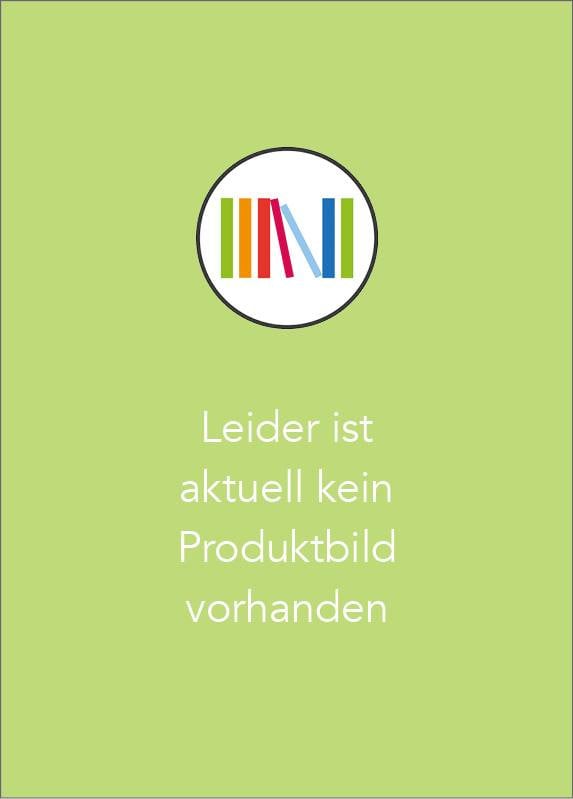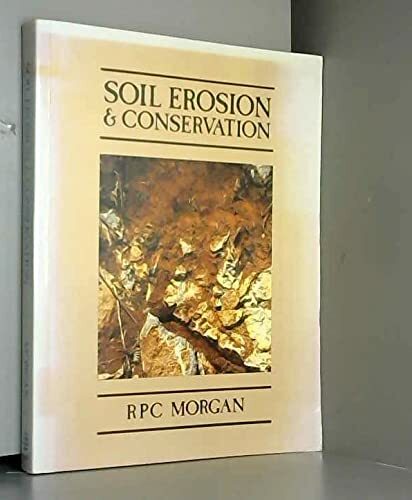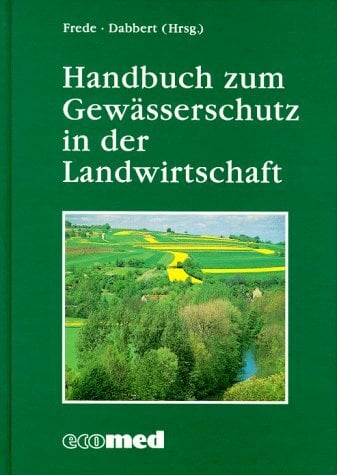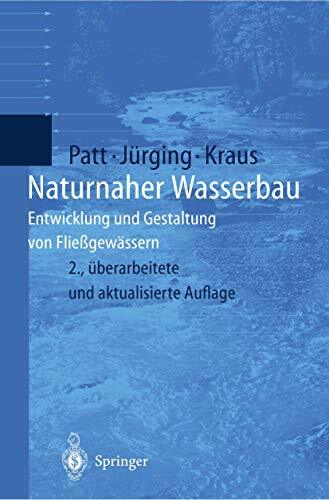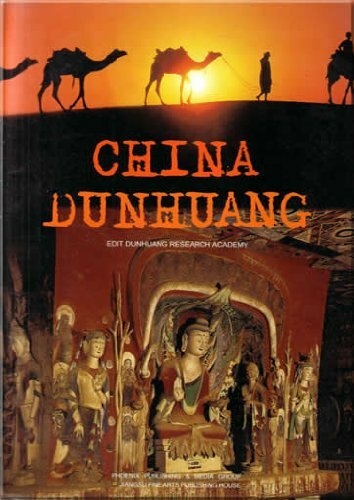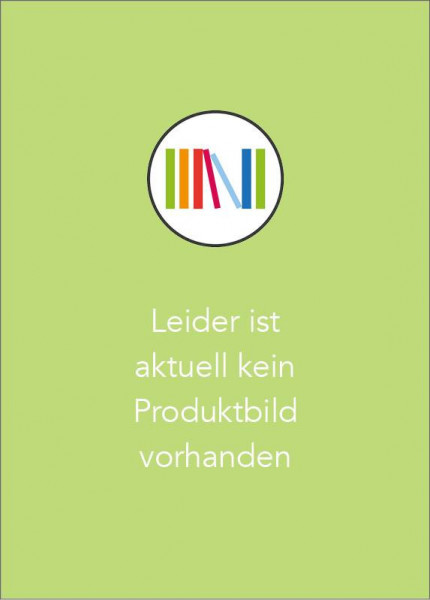
Watershed and Floodplain Management along the Tarim River in China's Arid Northwest
Kurzinformation
inkl. MwSt. Versandinformationen
Artikel zZt. nicht lieferbar
Artikel zZt. nicht lieferbar

Beschreibung
In September 1-8, 2003, a joint Chinese-German conference was convened in Korla under the title Protection and Restoration of Endangered Fluvial Ecosystems in the Arid Lands of Central Asia - the Tarim River Example in Southern Xinjiang. On the German side, this conference was organized by a team of environmental scientists from the Technical University of Berlin and from Greifswald University. On the Chinese side, colleagues from Xinjiang University, the Xinjiang Branch of the Academy of Sciences, and the Administrative Office of Tarim River Watershed in Korla were involved in the organization. This meeting had a long prehistory dating back to the early 80ies when first publications began to point out the ongoing environmental degradation in southern Xinjiang. In the 90ies, ecological restoration (shengtai huifu) gradually emerged as a new concept in China's regional development, influenced by the international debate on sustainable development. In 1991-1997 the World Bank financed a first project for poverty relief in southern Xinjiang, focusing on improved oasis agriculture in the upper and middle reaches of the Tarim River. One of the intentions of this project was to "finance an ecosystem restoration component designed to recover some of the natural forests along the Tarim River which borders the Taklimakan desert to prevent the expansion of the desert." The subsequent Tarim Basin II Project of the World Bank (1998- 2004), funded by a 150 million US dollar loan, also aimed at "establishing mechanisms for sustainable use, development, and management of water resources and land in the Tarim Basin". It included the following component: The "Tarim Basin Water Resources Commission loan will finance institutional development support and measures on the mainstream of the Tarim River to improve water management and water delivery to the lower reaches of the river". As a result of this support, the Chinese government decided to include the ecological restoration of the lower reaches of the Tarim River as a major task in its 10th Five-Year Plan (2000-2005). The visit of Premier Zhu Rongji to the downstream area of the Tarim River in summer 2000 highlighted the recent attention paid by the central government to this region and the issue of ecological restoration.
Produktdetails

So garantieren wir Dir zu jeder Zeit Premiumqualität.
Über den Autor
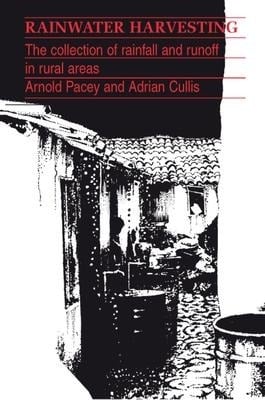
- Taschenbuch
- 224 Seiten
- Erschienen 1986
- ITDG Publishing

- Gebunden
- 463 Seiten
- Erschienen 2012
- Springer

- Taschenbuch
- 202 Seiten
- Erschienen 2012
- Routledge

- hardcover
- 252 Seiten
- Erschienen 2007
- Springer

- Taschenbuch
- 368 Seiten
- Erschienen 1995
- Routledge

- Hardcover
- 336 Seiten
- Erschienen 2022
- Wiley-IEEE Press

- hardcover
- 227 Seiten
- Erschienen 2008
- CRC Press













